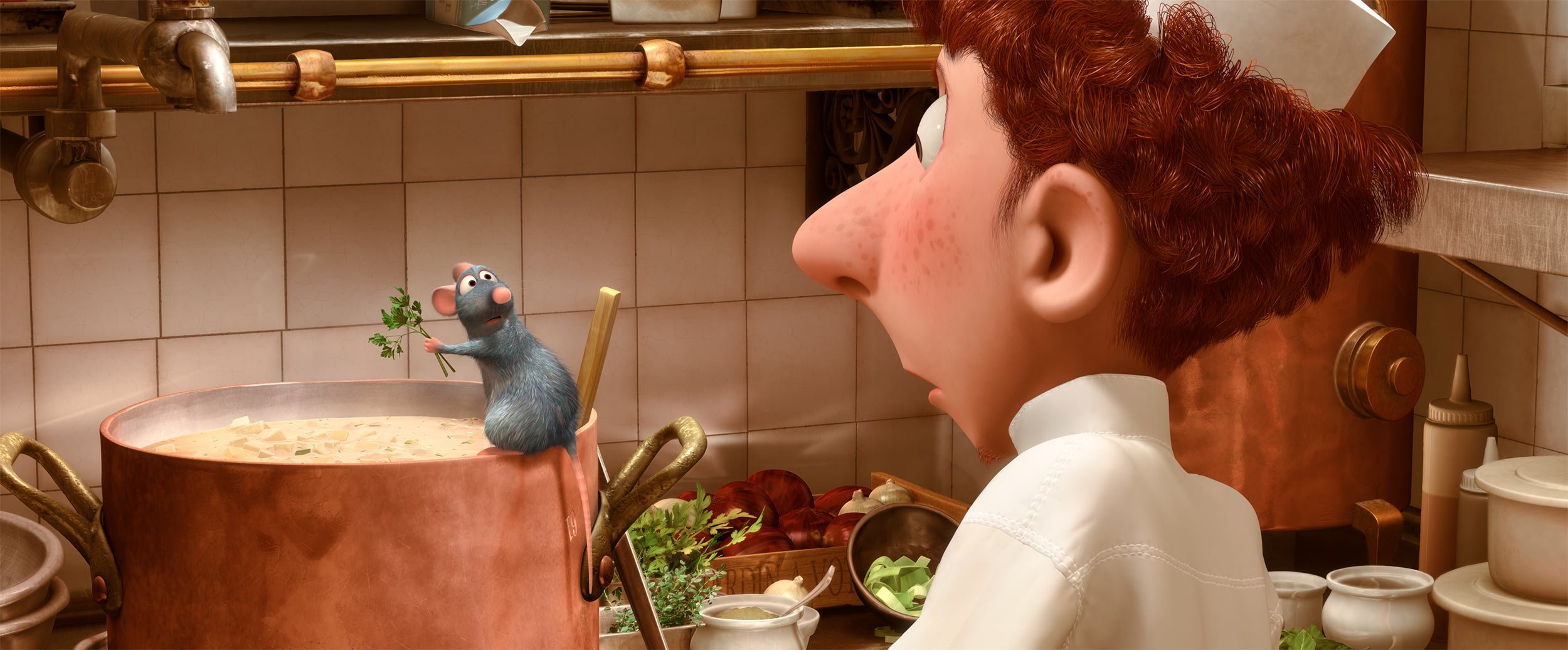Lessons in Leadership from Pixar: The Art of Collaboration
In this month’s book review of Creativity, Inc., I touch on how Ed Catmull’s approach to leading Pixar offers a blueprint for creative leadership. One area that stood out, and deserved more than a paragraph, was Pixar’s deep commitment to collaboration. Catmull doesn’t romanticize it. He shows us how hard it is, how easily it breaks down, and what systems they’ve built to keep it functioning at a high level. This article is a closer look at those systems.
Pixar’s success isn’t just due to creative genius or advanced technology. It’s the result of a carefully cultivated culture of collaboration, one that actively works against the natural tendencies that hinder team effectiveness, ego, fear of failure, and the pull toward groupthink. In Creativity, Inc., Ed Catmull outlines eight distinct practices Pixar uses to strengthen collaboration and push innovation. Each practice is designed to challenge assumptions, reduce silos, and make room for better ideas to surface.
Here’s a breakdown of these practices and how you can bring them into your leadership style.
1. Dailies: Solving Problems Together
Pixar’s dailies are daily reviews where directors, animators, and teams gather to show incomplete work and give feedback. These sessions aren’t about finding fault, they’re about creating a rhythm of openness and collective problem-solving.
By making it routine to share unfinished work, Pixar normalizes vulnerability and speeds up creative refinement. Mistakes surface earlier, and solutions come faster. It creates a feedback loop that’s honest, iterative, and collaborative.
Implementation Tip: Hold regular “working sessions” where team members show work-in-progress, not just polished results. Set the tone by asking, “What’s working, and what needs support?” rather than “What’s wrong with this?”
2. Research Trips
Disney Enterprises/Pixar Animation studios
Before animating Ratatouille, Pixar’s team spent time in high-end restaurants to study how real chefs work. For Up, they hiked the mountains of Venezuela. These research trips aren’t just about accuracy; they’re about perspective. They challenge assumptions and inspire new ideas by immersing the team in real-world experiences.
Implementation Tip: Encourage experiential learning. Invite your team to step outside their typical context, interview customers, shadow a colleague, or visit another industry. Curiosity fuels insight.
3. The Power of Limits
Constraints spark creativity. Catmull shares how Pixar embraced technical limitations to find creative solutions. For instance, in Toy Story, the challenge of animating cloth led to distinctive character design choices that became iconic.
Implementation Tip: Flip the narrative around limitations. When a project has tight deadlines or budget restrictions, ask your team, “What can we do because of this constraint, not in spite of it?” Use boundaries as springboards.
4. Integrating Technology and Art
Pixar doesn’t separate the technical from the artistic. Engineers and artists work closely from the start, because innovation happens at their intersection. Collaboration is built into the structure, not tacked on later.
Implementation Tip: Break down silos in your organization. Pair unlikely collaborators—someone from finance with someone from marketing, a product manager with a designer. Ask them to solve a shared challenge and see what emerges.
5. Short Experiments
Disney Enterprises/Pixar Animation studios
Rather than betting everything on a single idea, Pixar creates short films to test new tools, workflows, and storytelling approaches. These experiments give space to try, fail, and learn without the high stakes of a full-length feature.
Implementation Tip: Run pilot programs. Try “micro-projects” that let your team explore new tools or strategies on a small scale. Encourage rapid feedback and reflection.
6. Learning to See
Catmull emphasizes that many problems aren’t immediately visible. At Pixar, they train themselves to “learn to see,” to question early judgments, explore multiple viewpoints, and look past initial impressions.
One way they do this is by rotating teams across departments and inviting different disciplines into the creative process. It makes blind spots easier to catch.
Implementation Tip: Encourage second looks. Ask team members to revisit decisions or assumptions with fresh eyes—or bring in an outside perspective. Questions like, “What might we be missing?” or “What would a customer say?” help build this muscle.
7. Postmortems
After every film, Pixar conducts postmortems, not to point fingers, but to understand what worked and what didn’t. They often include quirky rules, like requiring at least five things that went well and five that didn’t, to ensure balanced reflection.
Catmull writes, “A good postmortem feels like a creative act in itself.” It’s about making learning visible and actionable.
Implementation Tip: Make reflection a regular part of project wrap-ups. Celebrate wins, unpack failures, and document insights. Then actually apply them to future projects.
8. Continuing to Learn
Pixar never assumes it has all the answers. The company invests in continued learning through classes, guest speakers, and cross-training. Learning isn’t extra, it’s part of the culture.
Implementation Tip: Create space for ongoing learning. Bring in guest speakers, share thought-provoking articles, or host skill-swapping sessions where team members teach one another something new. Model curiosity yourself.
Final Thoughts: Culture is Built, Not Declared
What makes Pixar’s collaborative culture remarkable is not just the presence of smart people. It’s the infrastructure they’ve created to challenge assumptions, lower defenses, and surface the best ideas. They expect collaboration to be hard—and they design their systems accordingly.
As a leader, you don’t need to be building animated films to apply these lessons. Whether you’re managing a project team or leading a division, the same principles apply. Keep asking: How are we making it easier to share unfinished work? How are we expanding our perspective? How are we normalizing failure, and making learning visible?
True collaboration isn’t the absence of conflict, it’s the ability to work through it creatively. Pixar shows us what that looks like in action.




